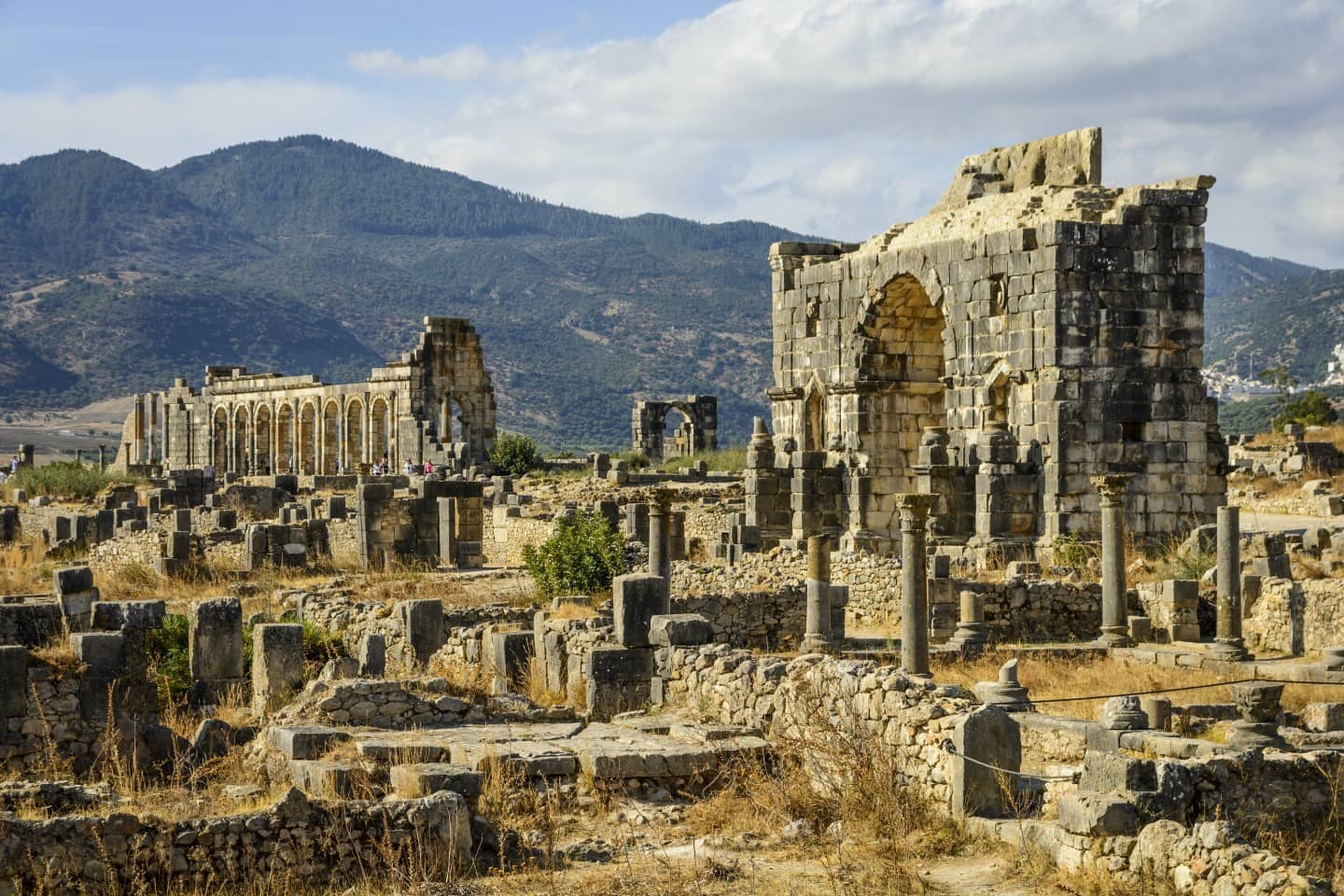
Ever wondered what secrets lie within ancient ruins? These remnants of past civilizations hold stories of triumph, mystery, and innovation. From the towering pyramids of Egypt to the intricate temples of Angkor Wat, ancient ruins offer a glimpse into the lives of those who came before us. Why are these ruins so fascinating? They reveal architectural marvels, cultural practices, and historical events that shaped our world. What can we learn from them? By studying these sites, we gain insights into human ingenuity, resilience, and creativity. Join us as we uncover 21 intriguing facts about ancient ruins that will leave you in awe of our ancestors' achievements.
Ancient Ruins: A Glimpse into the Past
Ancient ruins offer a fascinating window into the lives of civilizations long gone. These remnants tell stories of architectural prowess, cultural practices, and historical events. Let's explore some intriguing facts about these ancient wonders.
The Great Pyramids of Giza
The Great Pyramids of Giza in Egypt are among the most iconic ancient structures. Built as tombs for pharaohs, they have stood the test of time.
- The Great Pyramid of Giza is the oldest of the Seven Wonders of the Ancient World and the only one still largely intact.
- Each block used to build the Great Pyramid weighs between 2.5 to 15 tons.
- The pyramids were originally covered in smooth, white limestone, which reflected the sun's light and made them shine.
Machu Picchu: The Lost City of the Incas
Nestled high in the Andes Mountains, Machu Picchu is a testament to the ingenuity of the Inca civilization.
- Machu Picchu was built in the 15th century but remained unknown to the outside world until 1911.
- The site contains more than 150 buildings, including temples, baths, and houses.
- The precise stonework of Machu Picchu has withstood earthquakes for centuries without the use of mortar.
The Colosseum: Rome's Grand Amphitheater
The Colosseum in Rome is a marvel of ancient engineering and a symbol of the Roman Empire's grandeur.
- The Colosseum could hold up to 80,000 spectators, who came to watch gladiatorial contests and public spectacles.
- It took about 10 years to build the Colosseum, from AD 70 to AD 80.
- The structure features a complex system of vaults and arches, which provided strength and support.
Petra: The Rose City
Carved into red sandstone cliffs, Petra in Jordan is a stunning example of ancient craftsmanship.
- Petra was the capital of the Nabataean Kingdom and a major trading hub.
- The city is famous for its rock-cut architecture, including the iconic Treasury building.
- Petra was largely unknown to the Western world until it was rediscovered in 1812 by Swiss explorer Johann Ludwig Burckhardt.
Stonehenge: The Mysterious Megaliths
Stonehenge in England has puzzled historians and archaeologists for centuries with its enigmatic stone circle.
- Stonehenge was constructed in several stages, starting around 3000 BC.
- The largest stones, known as sarsens, weigh up to 25 tons each.
- The purpose of Stonehenge remains a mystery, though theories range from an astronomical observatory to a religious site.
The Acropolis of Athens
The Acropolis, perched on a rocky hill in Athens, Greece, is a symbol of ancient Greek civilization.
- The Parthenon, the most famous building on the Acropolis, was dedicated to the goddess Athena.
- The Acropolis has been inhabited since prehistoric times, but most of the structures were built in the 5th century BC.
- The site has undergone numerous restorations to preserve its historical significance.
Angkor Wat: The Temple Complex
Angkor Wat in Cambodia is the largest religious monument in the world, originally built as a Hindu temple.
- Angkor Wat was constructed in the early 12th century by King Suryavarman II.
- The temple complex covers an area of over 162 hectares.
- Angkor Wat is renowned for its intricate bas-reliefs and extensive moat, symbolizing the Hindu universe.
Ancient Ruins: A Glimpse into the Past
Ancient ruins offer a fascinating peek into human history. They show how civilizations lived, built, and thrived. From the towering pyramids of Egypt to the mysterious stone heads of Easter Island, each site tells a unique story. These ruins aren't just piles of old stones; they're windows into our ancestors' lives, beliefs, and achievements.
Visiting these sites can be like stepping back in time. You can almost hear the echoes of ancient voices and feel the weight of history. Whether you're a history buff or just curious, exploring ancient ruins can be an eye-opening experience.
So next time you see a crumbling wall or a weathered statue, remember the stories they hold. Ancient ruins remind us of where we come from and inspire us to preserve our heritage for future generations.
Was this page helpful?
Our commitment to delivering trustworthy and engaging content is at the heart of what we do. Each fact on our site is contributed by real users like you, bringing a wealth of diverse insights and information. To ensure the highest standards of accuracy and reliability, our dedicated editors meticulously review each submission. This process guarantees that the facts we share are not only fascinating but also credible. Trust in our commitment to quality and authenticity as you explore and learn with us.


